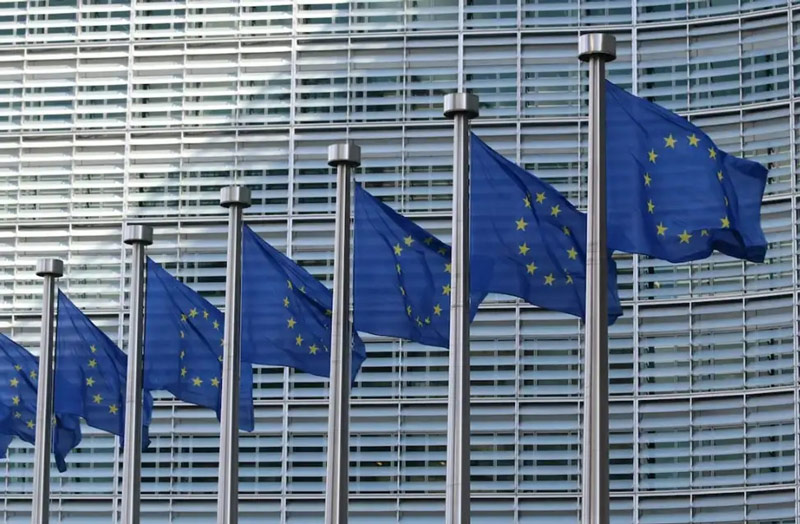Concerns Grow About the Risks of Natural Gas
The EU Climate Tax That May Speed Greenhouse Emission Reductions
A border adjustment will tax carbon intensive imports

A new EU tax on some of the most carbon intensive traded goods may address one of the greatest barriers to reducing global greenhouse gas emissions: the absence of near-term commitments from the largest, most rapidly growing developing nations. While the EU, US, and most industrialized nations have goals to achieve net zero by 2050 or sooner, China’s announced aim is to achieve this target in 2060 and India’s in 2070. Other developing countries including Brazil have goals conditional on international financial support.
There has until now been no economic incentive for countries exporting carbon intensive products to reduce their emissions when they can sell their goods at a lower cost. The country of primary concern is China, by far the largest emitter of greenhouse gases with an export-based economy. As climate expert Paul Bledsoe noted, “tariffs may be the only way to force China to finally cut emissions. Nothing else has worked.”
The new EU tax policy is an instrument called a carbon border adjustment (CBAM). The CBAM will initially apply to imports of iron, steel, cement, aluminum, fertilizers, hydrogen and electricity generation, as well as some manufactured products and potentially to cars. When made within the EU, covered products pay around $94/ton of carbon released; the tax, called a border adjustment tax, is designed to avoid creating incentives for import of carbon intensive products made in countries without comparable policies.
The new policy will take effect in two stages. Initially, in October 2023, importers will be required to report the carbon emissions released when the product was made. In 2026, they will have to pay the tax. Some adjustments are required before the policy is finalized but final approval is expected by early next year.
The tax policy comes at a time of considerable tension between the US and EU following adoption of significant tax breaks for electric cars made in the United States. The issue was on the agenda during a recent visit to the U.S. by French President Macron with some indications of positive outcomes. The U.S. recently proposed creation of a climate consortium with the EU to promote low carbon metals, a policy that would also include taxes on more carbon intensive products from other countries. Proposals for a “carbon club” have also been discussed with other large, developed countries including Australia, Canada, and Japan.
While strongly supported by climate activists, some questions and concerns have been raised about the tax. Manufacturers dependent on imported metals will face rising costs. Some poor developing countries, including South Africa and Mozambique, may face significant taxes on their exports. There are also questions about how the fees collected will be used. And the EU has given allowances and favorable treatment to assist some carbon intensive industries, a policy that may have to be eliminated to avoid conflict with international trade rules. The EU and other proposed border adjustments have also not been applied to trade in fossil fuels, which significantly changes the net effect as the U.S., EU, and China are all net importers of carbon.
While only now likely to be implemented, the idea of carbon border adjustment taxes has been around for a long time. More than ten years ago, the economist and Noble Laureate Paul Krugman wrote, “Sooner than most people think, countries that refuse to limit their greenhouse gas emissions will face sanctions, probably in the form of taxes on their exports. They will complain bitterly that this is protectionism, but so what? Globalization doesn’t do much good if the globe itself becomes unliveable.” In the 1990s colleagues of mine at the University of Maryland wrote papers advocating the idea. This is another feature of climate policymaking — adoption of innovative policies can take a long time! The EU carbon adjustment, an innovative policy, may be among the most significant steps toward reducing global greenhouse gas emissions yet.
Alan Miller is a former climate change officer in the International Finance Corporation (2003–13) and climate change team leader, Global Environment Facility (1997–2003). Besides other engagements, Alan is an active editor for Climate Conscious submissions on Medium.
Recent Posts
Reflections by a long-time climate activist
What needs to happen now!